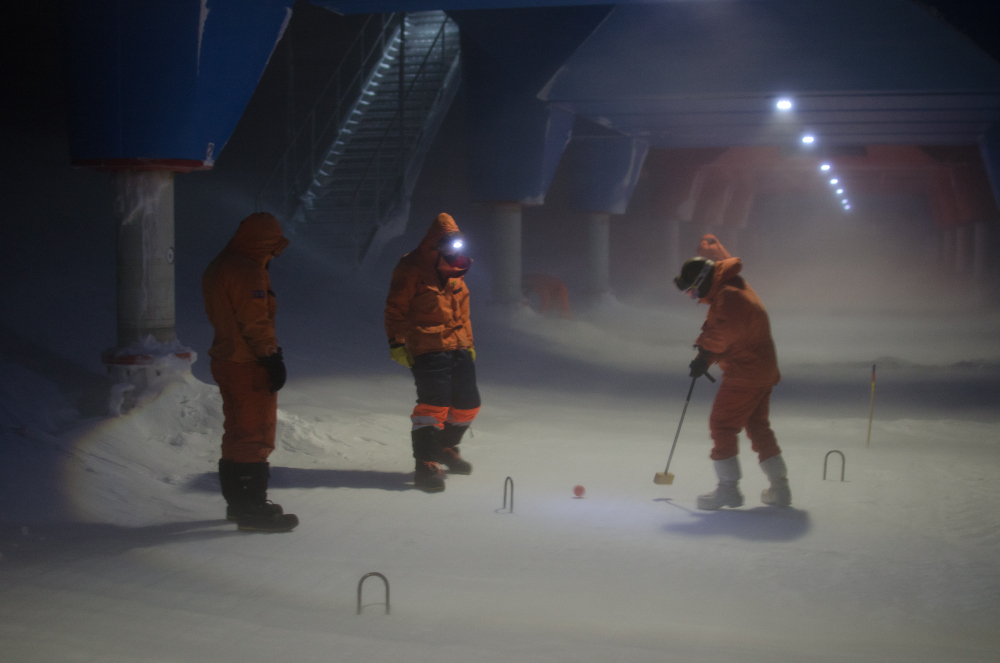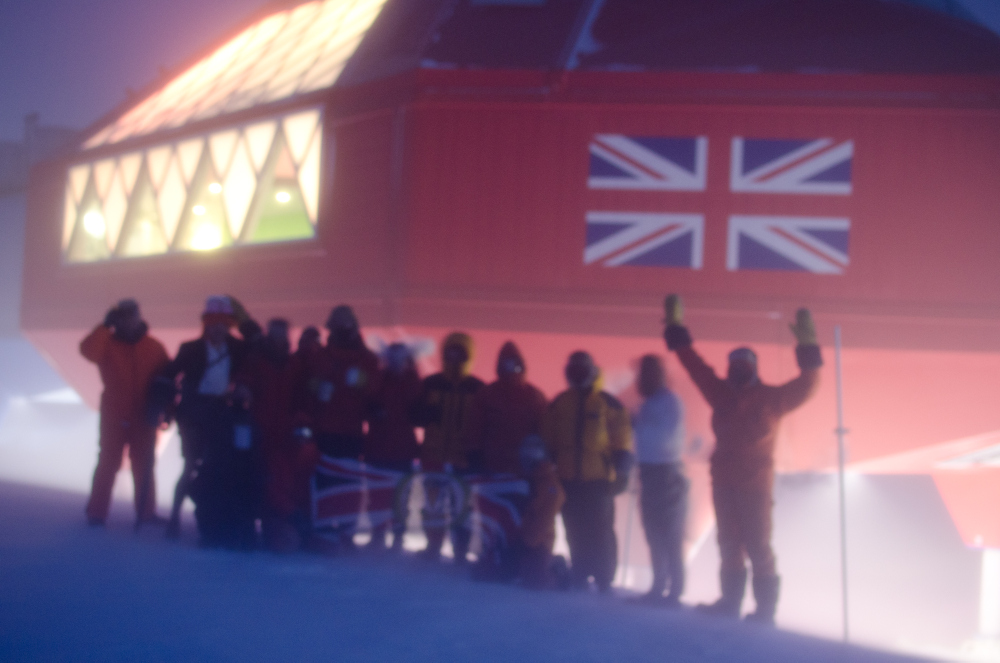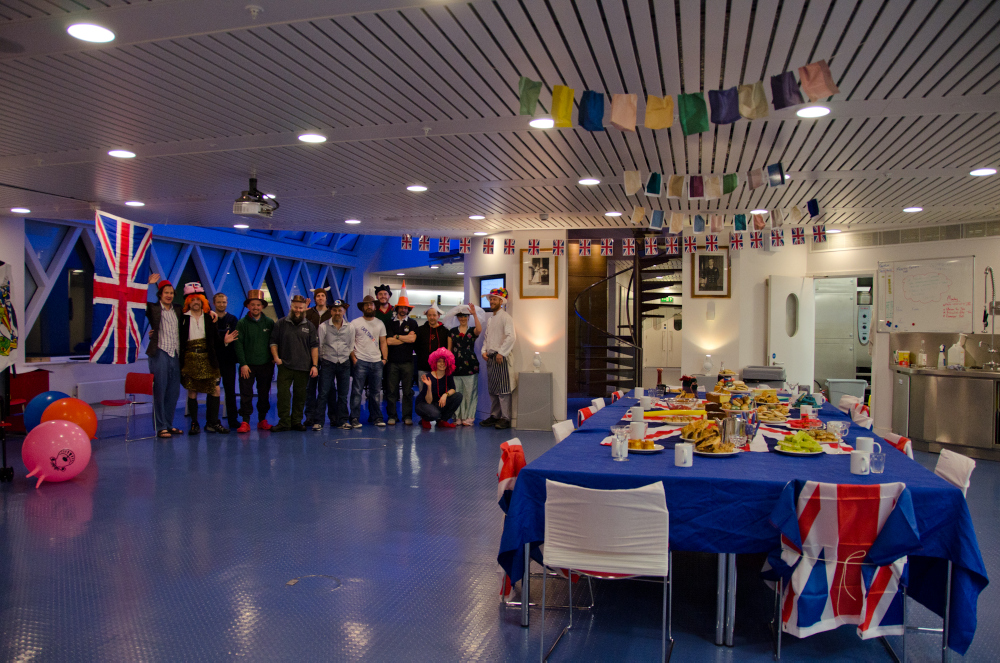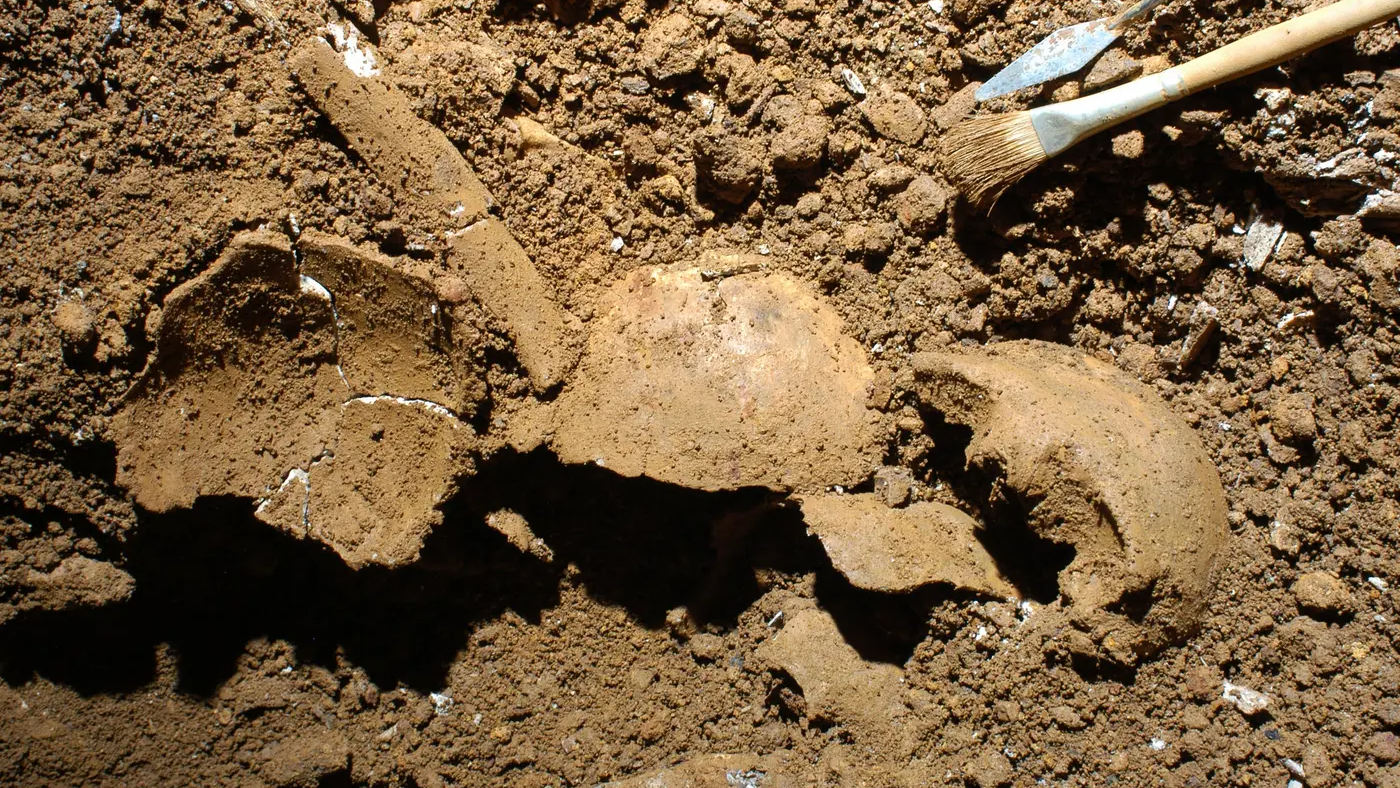Celebrating the Queen's Jubilee, South-Pole Style


Fancy a game of croquet in 40 mph (64 kph) winds and temperatures of minus 22 degrees Fahrenheit (minus 30 Celsius)?
That's just one of the activities that a group of British scientists and technical staff wintering over at the Halley Research Station on Antarctica's Brunt Ice Shelf participated in to celebrate the Queen's Diamond Jubilee.
The 14 winterers, as they are called, also held a "mad hatter's" tea party, "a quintessentially British afternoon tea complete with tea cups and saucers and a specially made Union flag battenburg cake," as a British Antarctic Survey statement described it.
The staff dressed up the dining room of the station they are living in over the Antarctic winter months, as well as themselves, for the occasion. Afterwards, the group braved the brutal winter weather to play a game of cricked and croquet in the snow.
The wintering team at Halley includes a chef, a doctor, mechanics, an electrician, several electronics engineers and a heating and ventilation engineer, according to the BAS. In the summer months, the station's ranks swell to around 70 people.
Those who winter over at Halley and other Antarctic stations are essentially cut off from the rest of the world because the frigid Antarctic winter temperatures make it impossible for planes to operate. The crew at Concordia Station, a joint French-Italian research station, was told that it was easier to escape the International Space Station than Concordia in winter, where temperatures dip to minus 112 degrees Fahrenheit (minus 80 degrees Celsius)
Winterers also must cope with the total darkness of the winter months until the sun rises again in the austral spring.
Get the world’s most fascinating discoveries delivered straight to your inbox.

Andrea Thompson is an associate editor at Scientific American, where she covers sustainability, energy and the environment. Prior to that, she was a senior writer covering climate science at Climate Central and a reporter and editor at Live Science, where she primarily covered Earth science and the environment. She holds a graduate degree in science health and environmental reporting from New York University, as well as a bachelor of science and and masters of science in atmospheric chemistry from the Georgia Institute of Technology.




